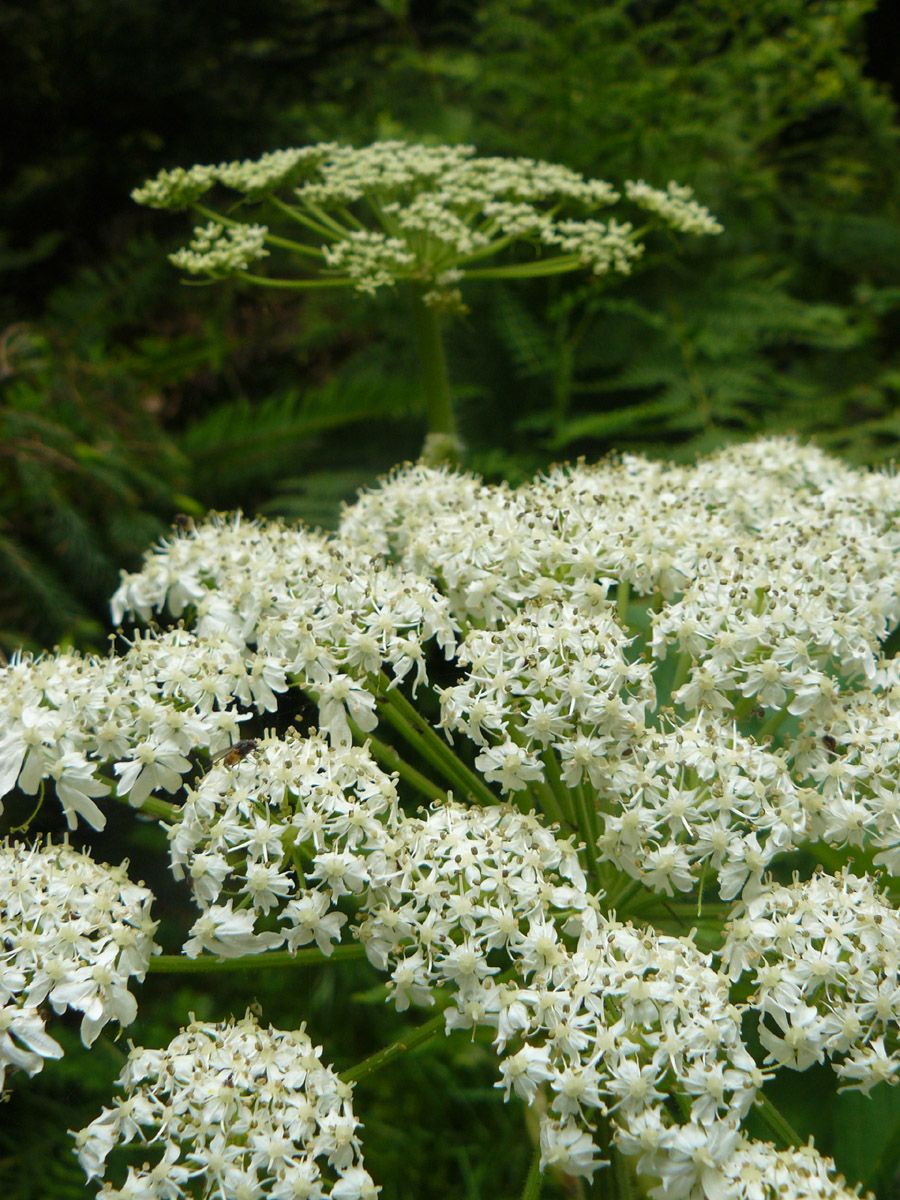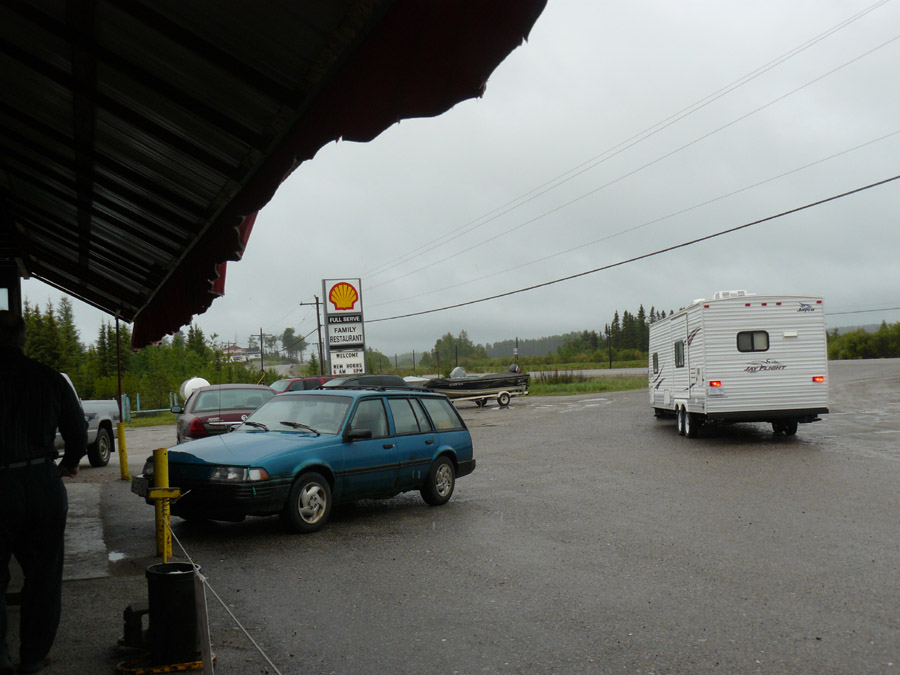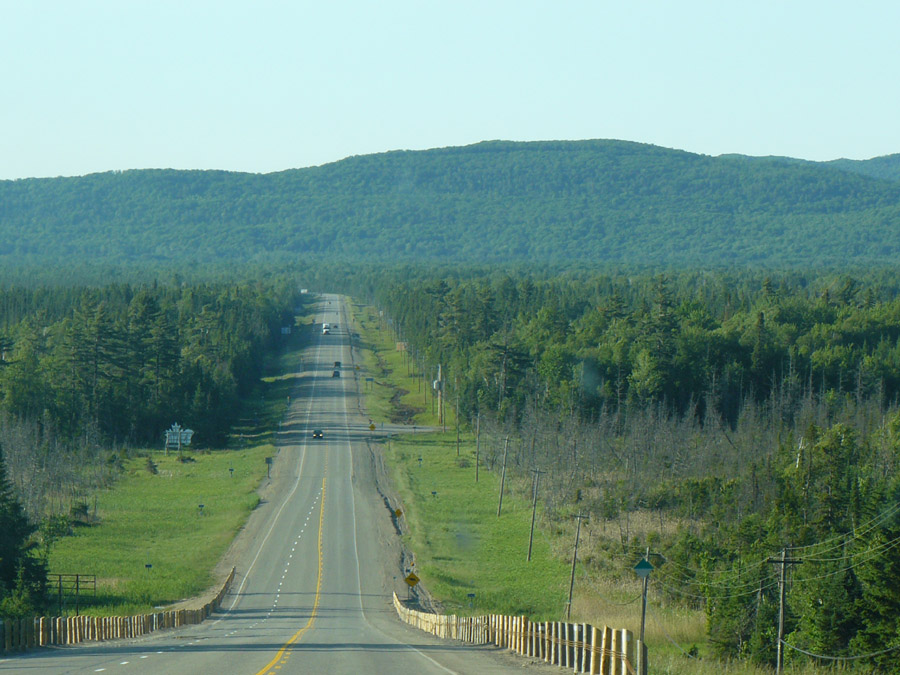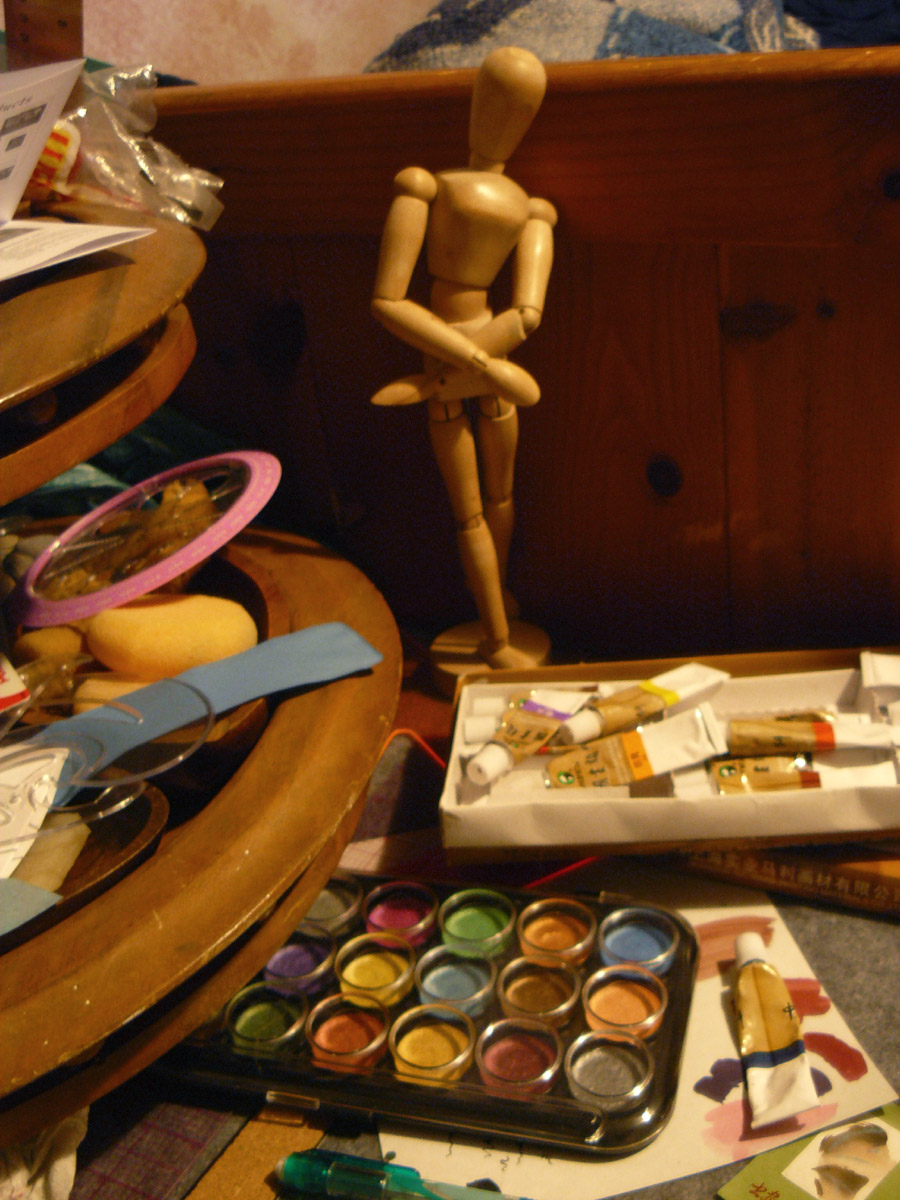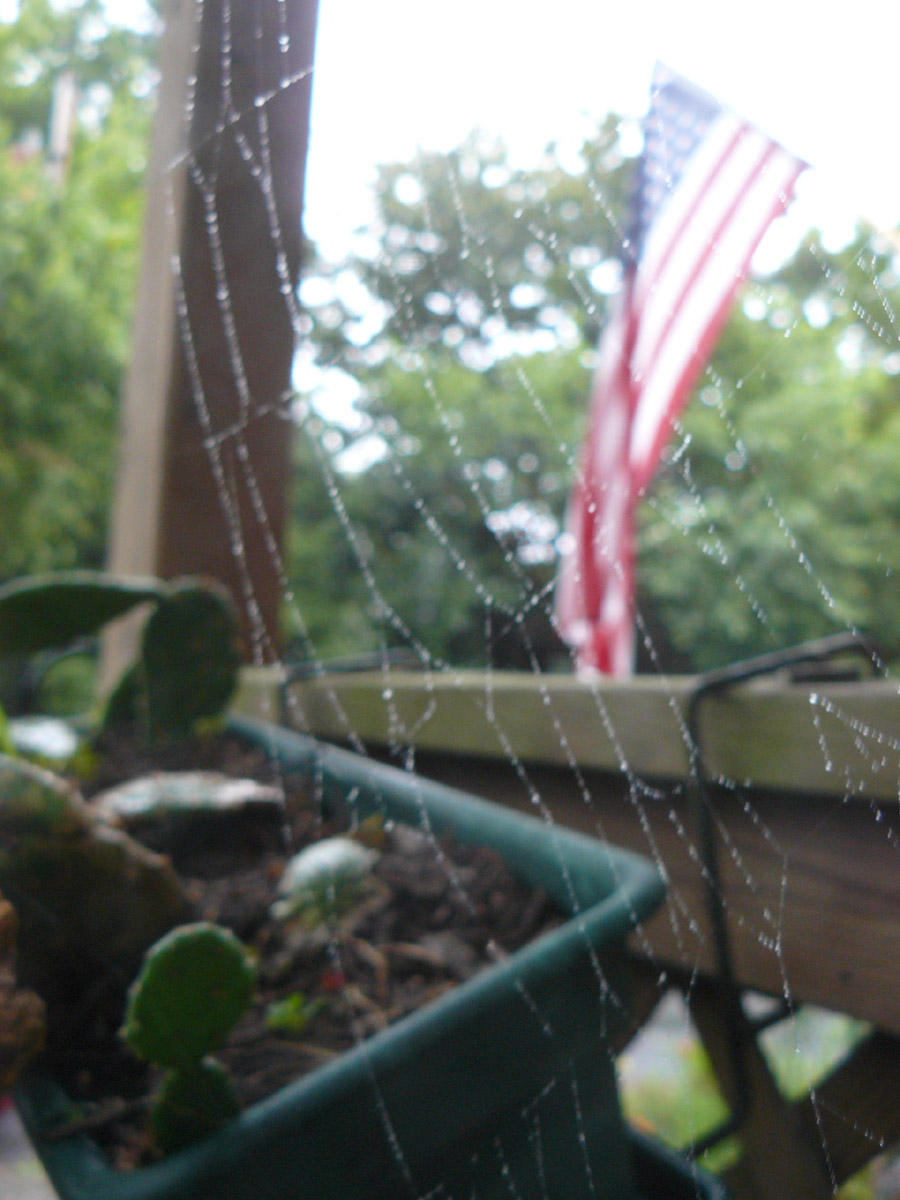 Location Taken: Savage, Maryland
Location Taken: Savage, Maryland
Time Taken: August 2010
Do you know how tough it is to get the focus perfect when taking a picture of a spider web?
Obnoxiously tough, of course.
I’d thought I’d managed it, too. On the smaller screen of my camera, the fine filaments of the web seemed to be about right, and anyway, of course it looks a little blurry. It’s covered in water droplets, you know!
This one is solidly in the “Loved the composition, too bad about the focus” subcategory of my “Almost” category. It’s a strong composition, with good lines that guide the eye around the image. There’s a dynamic range of colors as well, between the reds of the flag and the greens of the planter box. And it has the right mix of unusual and everyday, bringing interest to things we’re familiar with.
I’m fond of spider webs, and spiders in general. Now, this doesn’t stop me from killing them or jumping at larger ones. We’ve got some pretty big wolf spiders infesting the area, and a few rather large web-weaving ones as well, and I keep my distance. I know they’re not poisonous, but that still doesn’t stop the instinctual dislike. And it is instinctual, since intellectually I’m fine with spiders. They’re useful critters, catching much more annoying insects like flies and mosquitoes. The cellar spiders that I occasionally find in the corners of a room I’ll frequently leave along, but I’ll kill every brown marmorated stink bug I can catch, and they’re both really easy to catch and far too common (and they’re quite solidly an invasive species). I seem to not be able to smell their scent, so killing them is not a problem for me. If nothing else, I can feed them to one of our dogs, Revel. He’ll eat them.
I’ve got a bit of a live-and-let-live attitude when it comes to insects. If they’re performing a useful job, like spiders, I may even let them stay in the house (though I will clean up the webs when they get messy). Others, like crickets, I’ll try to chase out of the house. And then there’s the annoying bugs that keep invading the house, like the stink bugs, which I kill. I don’t need to kill things that invade my territory, but if it is a full invasion, I will defend my areas.
And the spiders that live outside do leave pretty webs, which gather mist quite beautifully. Now if only I could find another one in the right spot at the right time, so I can get another chance at actually getting it in focus.

